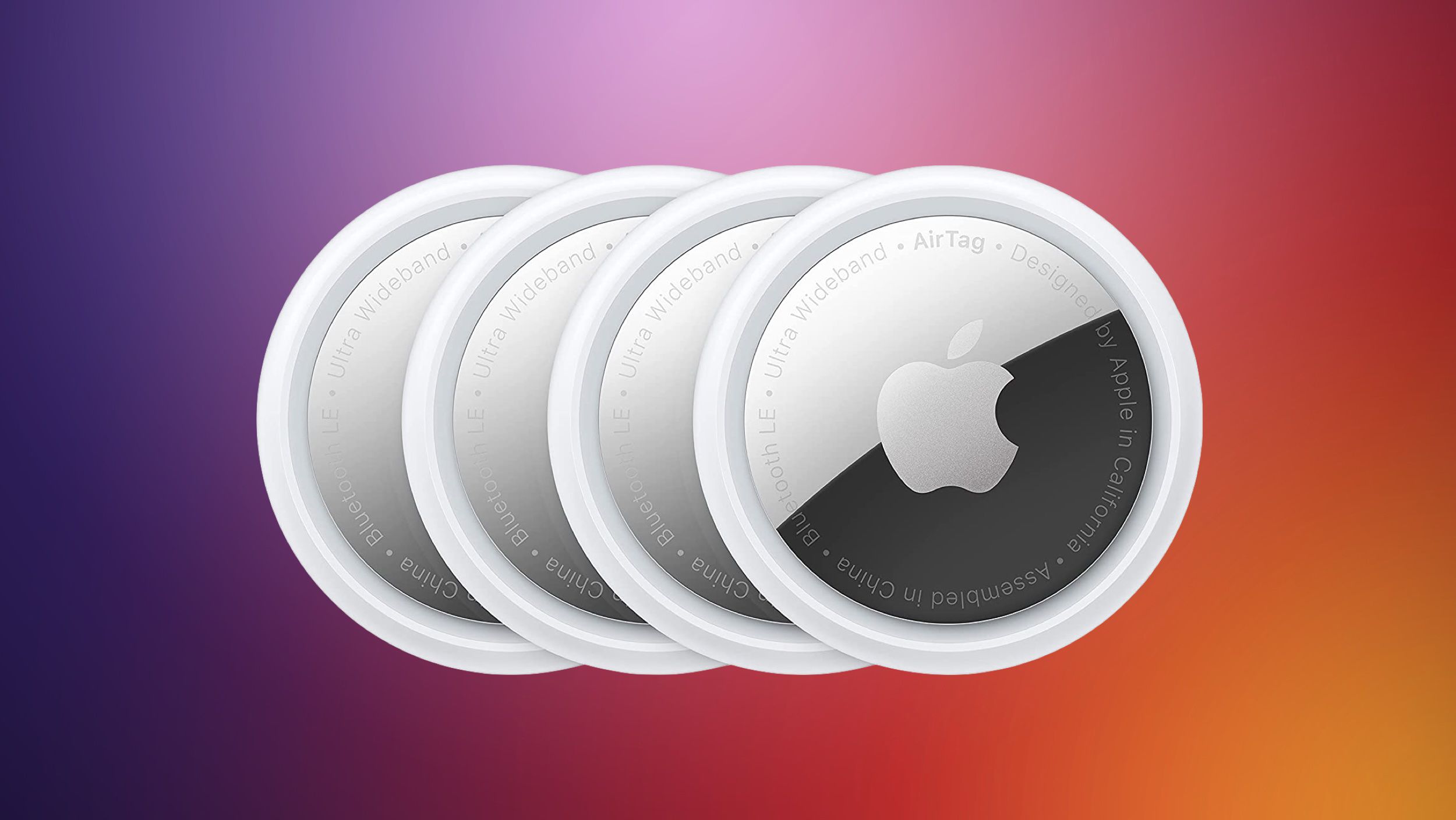If you had to guess how many Starlink satellites burn up in Earth’s atmosphere on an average day, how many would you pick? This isn’t a trick question – SpaceX is deorbiting about one or two satellites daily, and that number is only going to grow.
What that means for our planet isn’t entirely clear, says Harvard astrophysicist and space tracker Jonathan McDowell. Even so, Starlink isn’t the space junk risk that some other satellite operations are.
McDowell commented on the massive volume of reentering Starlink satellites to science news site EarthSky last week. He explained that once Starlink and other planned low Earth orbit constellations together total about 30,000 satellites, roughly five could reenter the atmosphere each day, given an average replacement cycle of around five years.
The Register followed up with McDowell on Monday to learn more about what that might mean for the health of the planet, and the possibility that we’re rapidly approaching Kessler syndrome, a scenario in which so much debris clutters Earth’s orbit that one collision can trigger a chain reaction of further impacts, potentially making parts of Earth’s orbit unusable for satellites.
Starlink isn’t the biggest concern when it comes to passing the Kessler tipping point, McDowell told us – but it is still a source of worry.
“Active satellite maneuvers to avoid collisions will help avoid Kessler,” McDowell said in a phone conversation. “If they’re successful. And that’s a big if.”
The current strategy to de-orbit Starlink satellites, which operate in a low orbit below 600 kilometers, is to use the satellites’ thrusters to move them to such a low orbit that they eventually catch drag in the atmosphere and burn up in what McDowell calls an “uncontrolled but assisted” reentry.
Purposeful de-orbiting, plus successful dodging, mean we can avoid Kessler syndrome, McDowell told us.
That’s not the only issue that could arise with satellites from Starlink and other low Earth orbit constellations from companies like Amazon’s Kuiper. McDowell noted that there’s also the possibility of a freak accident – say a solar storm or some other huge radiation event – that takes out a bunch of orbiters, creating a bunch of garbage that could lead to a Kessler situation. The risk isn’t even unprecedented.
“If just one percent of Starlink satellites [assuming the planned 30k constellation] die on station, that’s still 300 satellites,” McDowell explained. “Three hundred big satellites could tip low Earth orbit into Kessler.”
Excepting the possibility of unplanned disaster, Starlink’s operations aren’t the biggest concern, McDowell added. China’s satellite plans are far more worrying.
“The region of space closest to Kessler is the 600 to 1,000 kilometer range,” McDowell said. “It’s full of old Soviet rocket stages and other stuff, and the more we add there, the more likely it is for Kessler syndrome to occur.”
While many of China’s proposed satellite constellations are going to be in low Earth orbit at the same altitude as Starlink, McDowell noted that a number are planning to fly above 1,000 kilometers. Were something to go wrong up there, McDowell noted, “we’re probably screwed.”
“That higher altitude means the atmosphere won’t drag them down for centuries,” McDowell added. “And I haven’t seen [China] demonstrate any retirement plans for those satellites.”
Kessler’s bad, but destroying the atmosphere is worse
It would be a tragedy if humanity polluted Earth’s orbit so much that we were effectively cut off from space, but were we to poison ourselves by filling the atmosphere with the remnants of burned-up satellites and die before we reached Kessler syndrome, that would arguably be worse.
McDowell is definitely worried about both, explaining that the effects on our planet of “using the upper atmosphere as an incinerator” are largely unknown, and a massive, dangerous blind spot. Not a lot of research has been done on what the growing number of atmospheric reentries could do to Earth and the life it harbors, but it’s already shocking how much stuff is floating around above our heads.
According to the US National Oceanic and Atmospheric Administration, around 10 percent of the aerosol particles in the stratosphere (the second layer of Earth’s atmosphere where the ozone layer lives) contain aluminum and exotic metals believed to be from rockets and satellites that have burned up on reentry. NOAA believes that number could grow to as much as 50 percent as space launches and reentries increase.
What little research has been done into the effects of so much foreign material burning up in Earth’s atmosphere has been inconclusive, McDowell explained.
“So far answers have ranged from ‘this is too small to be a problem’ to ‘we’re already screwed,'” McDowell told us. “But the uncertainty is large enough that there’s already a possibility we’re damaging the upper atmosphere.”
A number of groups are currently researching the effect of the regular incineration of satellites in our atmosphere, with concerns that they could lead to climate change or other catastrophic effects. One thing’s for sure: If SpaceX’s constellation gets as big as it plans, and others join the company in low Earth orbit, we’ll have more than just collisions to worry about.
“There are indications that things are already getting bad,” McDowell said of the effects of satellite reentry on Earth. “But it’s murky right now, and that scares me.” ®
Source link


